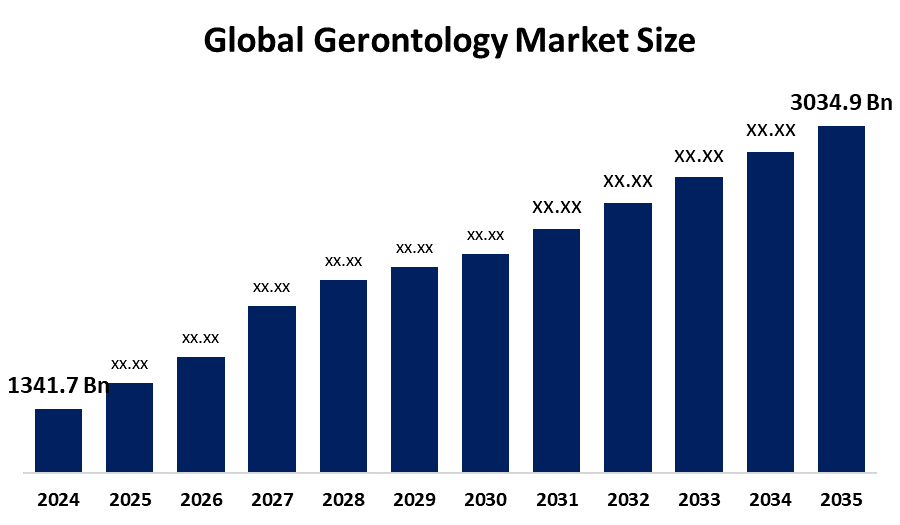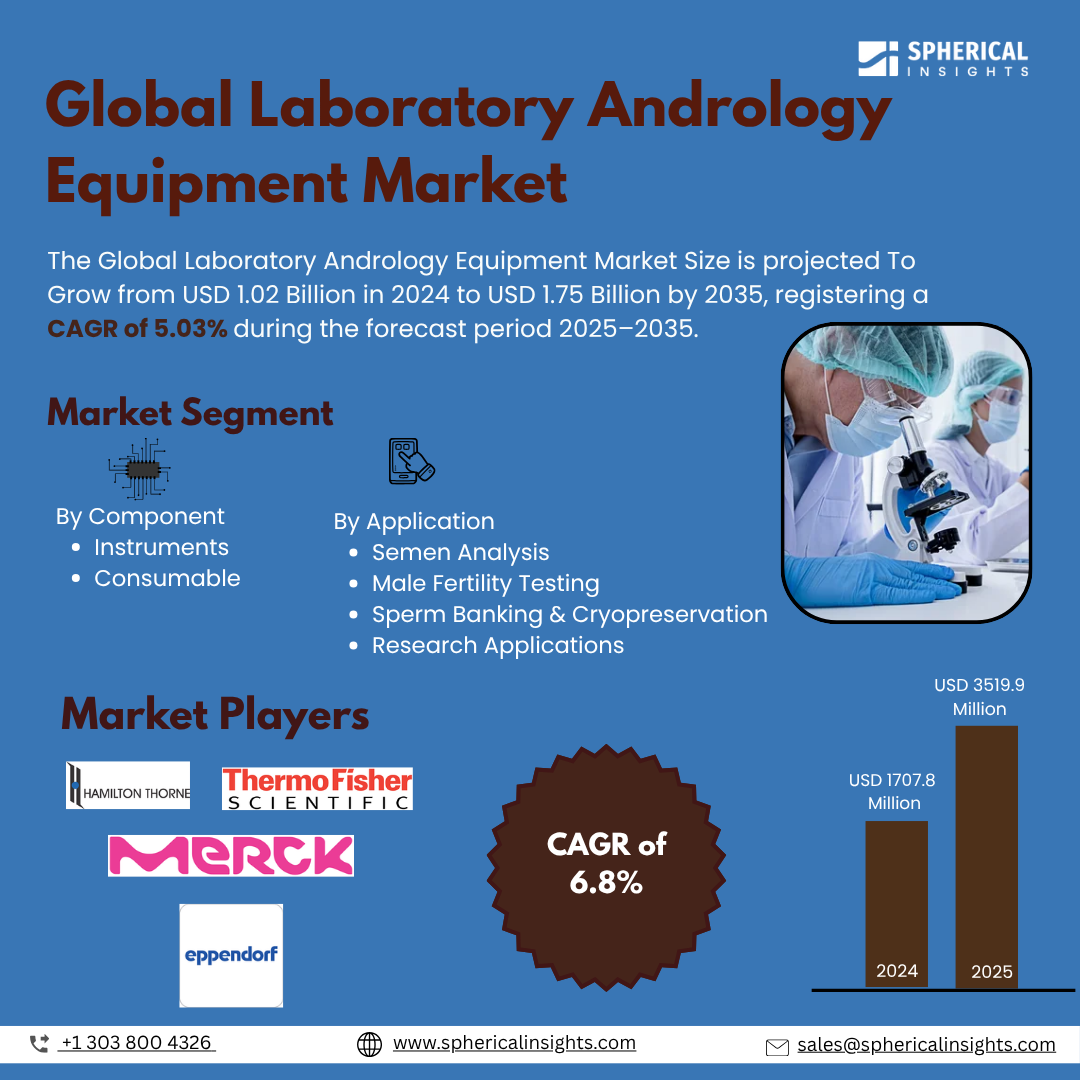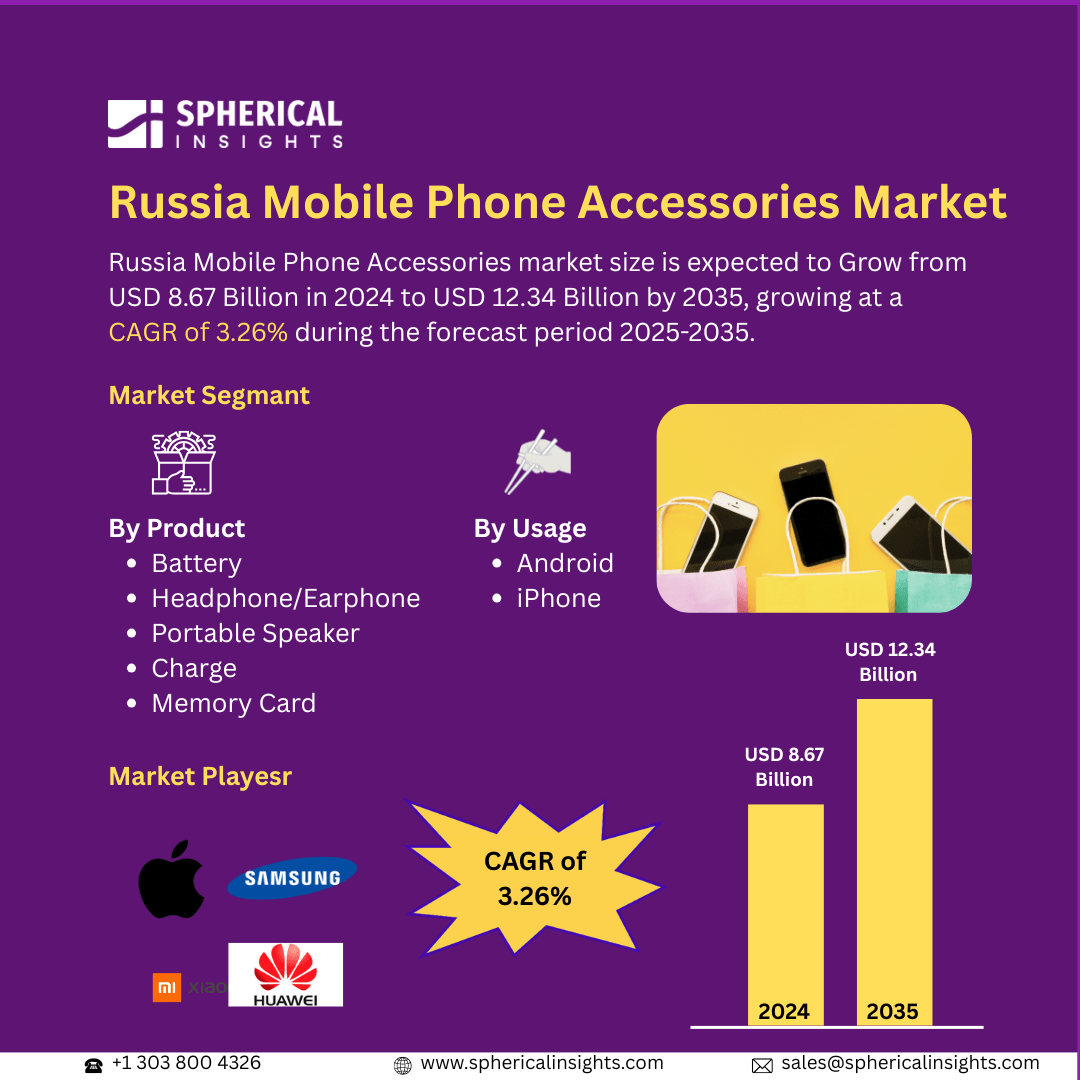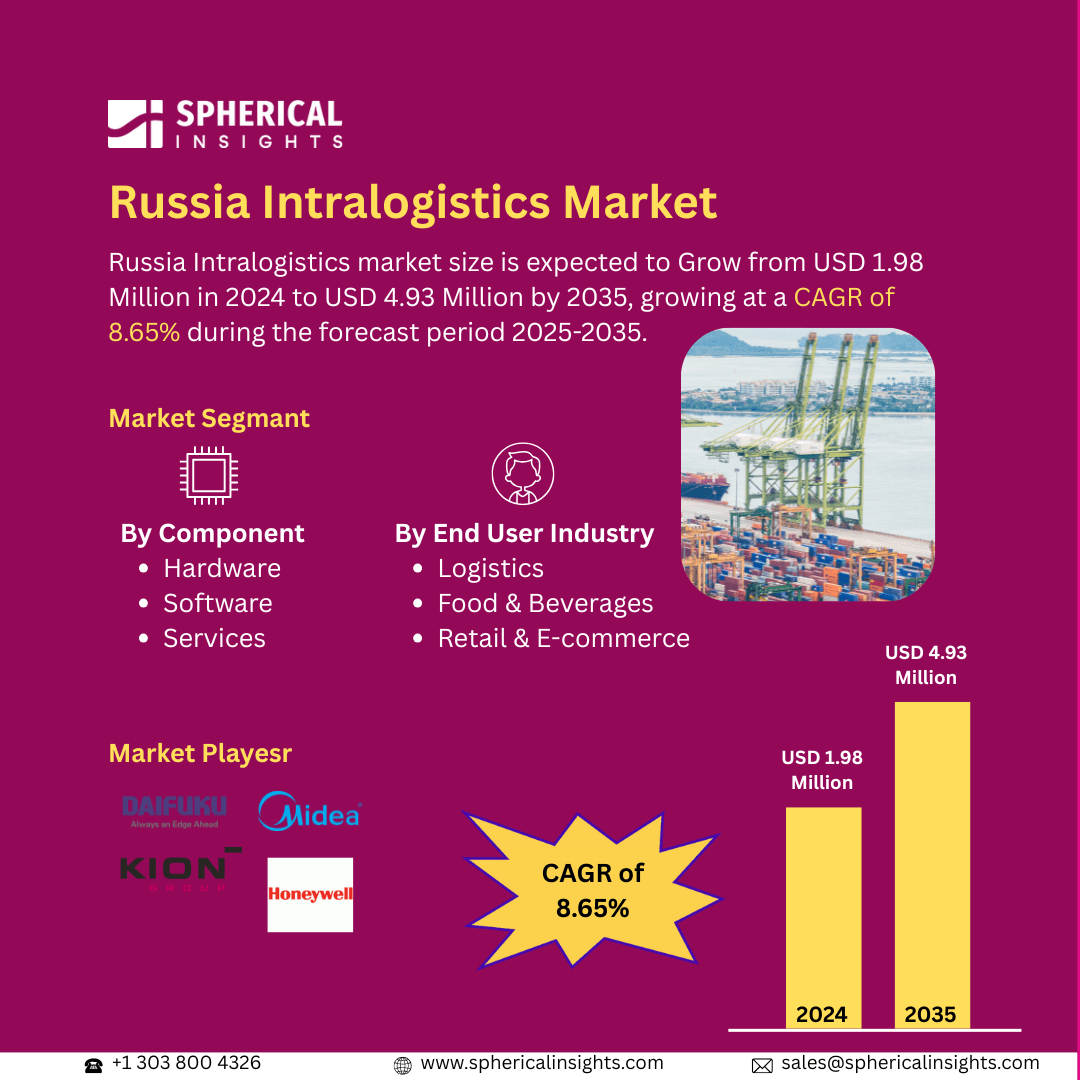Global Laboratory Andrology Equipment Market Insights & Forecast to 2035
- The Global Laboratory Andrology Equipment Market Size was valued at USD 1.02 Billion in 2024.
- The market is expected to grow at a CAGR of around 5.03% from 2025 to 2035.
- The worldwide laboratory andrology equipment market is projected to reach USD 1.75 Billion by 2035.
- Asia-Pacific region is expected to record the fastest growth during the forecast period.

Laboratory Andrology Equipment Market
The global laboratory andrology equipment market focuses on devices, instruments, and consumables used for male reproductive health analysis, semen testing, sperm cryopreservation, and assisted reproductive technologies (ART). These tools enable laboratories, fertility clinics, and research centers to conduct diagnostic evaluation, semen quality assessment, motility testing, and advanced fertility preservation. Laboratory andrology equipment includes products such as microscopes, sperm analyzers, centrifuges, incubators, cryogenic equipment, semen collection devices, and consumables designed to ensure accuracy and repeatability in male fertility testing. With the rising global prevalence of male infertility and growing demand for assisted reproductive technologies (ART), the adoption of advanced andrology laboratory tools is expanding rapidly. The market is also influenced by technological innovations such as automated sperm analysis, AI-powered semen evaluation, and cryopreservation systems, which provide higher precision and efficiency. Increasing investments in reproductive healthand clinical research, coupled with the rising number of fertility centers across developed and emerging regions, continue to shape the demand landscape.
Attractive Opportunities in the Laboratory Andrology Equipment Market
-
Integration of AI and automation in semen analysis devices enhances accuracy, reduces human error, and improves clinical outcomes.
-
The rising use of cloud-connected laboratory systems facilitates real-time semen analysis data sharing between fertility clinics, researchers, and hospitals.
-
Expansion of cryopreservation and sperm banking services provides significant new revenue opportunities, particularly with growing interest in fertility preservation due to lifestyle and medical conditions.
-
Increasing adoption of andrology equipment in research laboratories extends applications beyond infertility treatments into areas like genetic research, pharmaceutical drug discovery, and male reproductive health studies.
Global Laboratory Andrology Equipment Market Dynamics
DRIVER: Rising prevalence of male infertility and growing demand for advanced diagnostic and fertility solutions
The expansion of the global laboratory andrology equipment market is primarily driven by the increasing prevalence of male infertility worldwide. Factors such as rising lifestyle-related health issues, delayed parenthood, and genetic conditions have contributed to a surge in fertility-related challenges, thereby accelerating the demand for precise laboratory diagnostic tools. Fertility clinics, hospitals, and research laboratories are increasingly adopting advanced andrology equipment to conduct semen analysis, sperm motility studies, and cryopreservation with enhanced accuracy and reliability. This growing demand encourages healthcare providers to integrate cutting-edge sperm analysis systems and automated diagnostic platforms that offer consistent, data-driven insights. Moreover, the global shift toward personalized reproductive healthcare and patient-centric treatment models has amplified the importance of accurate semen testing and fertility diagnostics to enhance success rates in assisted reproductive technologies (ART).
RESTRAINT: High cost of equipment and complexity in data interpretation
One key restraint affecting the growth of the global laboratory andrology equipment market is the high cost associated with advanced diagnostic instruments such as computer-assisted sperm analyzers (CASA), cryopreservation equipment, and specialized microscopes. Smaller fertility clinics and research laboratories, particularly in developing regions, often face financial hurdles in adopting and maintaining these high-end systems. In addition, the interpretation of semen analysis remains a complex process, requiring trained specialists and adherence to strict clinical guidelines. Variability in test results due to operator expertise, equipment calibration, or biological inconsistencies makes standardization across laboratories challenging. Furthermore, the integration of new-generation automated systems withn existing laboratory workflows often adds technical complexity, requiring significant training and operational adjustments. Ethical considerations and stringent regulatory frameworks around data handling and fertility treatment protocols can also limit large-scale adoption. Collectively, these barriers restrain the widespread deployment of advanced andrology equipment, particularly among resource-constrained healthcare settings.
OPPORTUNITY: Expanding sperm banking and cryopreservation services with advanced technology integration
A significant opportunity exists in the sperm banking and cryopreservation segment of the laboratory andrology equipment market. Growing awareness of fertility preservation—driven by medical conditions such as cancer treatments, advancing paternal age, and lifestyle factors—has expanded the demand for advanced cryogenic storage systems. Moreover, innovations in automated cryopreservation devices and controlled freezing technology enable higher sample viability, thus supporting long-term reproductive planning. Integration of AI-driven predictive analytics and cloud-based laboratory information systems further enhances the capacity of sperm banks by ensuring precise monitoring and efficient data management. With the rising uptake of assisted reproductive technologies (ART) and growing global investments in fertility preservation, these advancements open new growth avenues. Companies that develop cost-effective, scalable solutions for sperm storage and long-term preservation are likely to benefit from untapped opportunities across both developed and emerging markets.
CHALLENGE: Lack of global standardization and variability in semen testing protocols
A major challenge for the laboratory andrology equipment market lies in the lack of standardized testing protocols across regions. Despite advances in automated analysis tools, semen testing continues to be influenced by variable methodologies, technician skills, and equipment calibration differences. This lack of harmonization makes it difficult to achieve consistent and reliable results worldwide. Additionally, biological complexity in evaluating sperm morphology, concentration, and motility increases the risk of misinterpretation, even with advanced systems. Limited awareness in developing economies regarding male infertility diagnostics further hampers adoption. Another obstacle lies in balancing the role of automation with human expertise; while AI-supported evaluators are becoming more accurate, subtle clinical nuances often require professional oversight. These combined challenges underscore the need for global guidelines, collaborative research, and greater training investments to overcome current limitations and strengthen reliability within the laboratory andrology equipment market.
Global Laboratory Andrology Equipment Market Ecosystem Analysis
The global laboratory andrology equipment market ecosystem includes instrument manufacturers, consumable suppliers, cryogenic equipment providers, and technology enablers specializing in lab automation and imaging solutions. These components collectively support semen analysis, sperm cryopreservation, and fertility diagnostics. Consulting firms and system integrators play a key role in implementing and customizing equipment setups, ensuring operational efficiency and regulatory compliance. End-users such as fertility clinics, hospitals, sperm banks, and research laboratories rely on these systems for accurate semen testing, assisted reproductive technologies (ART), and clinical evaluations. This interconnected ecosystem drives innovation, enabling healthcare providers to translate laboratory data into actionable insights that improve male fertility outcomes.
Based on the component, the instruments segment led the market with the highest revenue share over the forecast period
The dominance of the instruments segment is attributed to the increasing demand for advanced laboratory devices that provide accurate semen testing, fertility diagnostics, and cryopreservation solutions. Core instruments such as computer-assisted sperm analyzers (CASA), microscopes, centrifuges, incubators, and cryogenic equipment enable laboratories and fertility centers to conduct semen evaluations with higher precision and repeatability. Continuous technological advancements, including automation and AI-powered semen analysis, have further strengthened this segment, making laboratory instruments a vital investment area for clinics, hospitals, and research laboratories aiming to deliver reliable reproductive health outcomes.
Based on the application, the semen analysis segment accounted for the largest revenue share during the forecast period
Healthcare and fertility centers increasingly rely on andrology equipment for semen analysis as it serves as the foundation for evaluating male fertility potential. Semen analysis provides critical insights into sperm count, motility, morphology, and concentration, supporting clinical decisions in assisted reproductive technologies (ART). By leveraging advanced diagnostic tools, professionals can accurately assess reproductive health, detect abnormalities, and improve treatment strategies. The growing prevalence of infertility and the rising adoption of ART procedures worldwide have positioned semen analysis as the leading application area in the laboratory andrology equipment market.
Based on the end user, the fertility centers segment accounted for the largest revenue share during the forecast period
Fertility centers represent the leading end-user segment in the global laboratory andrology equipment market, largely due to their specialized focus on male reproductive health and assisted reproductive technologies (ART). These centers rely heavily on andrology equipment such as sperm analyzers, microscopes, incubators, and cryogenic storage systems to perform semen testing, fertility evaluations, and sperm preservation procedures. The ability to provide precise diagnostic results and support advanced ART procedures like in vitro fertilization (IVF) makes this segment a major contributor to market revenues. The rising incidence of male infertility, coupled with the global surge in fertility treatments, has strengthened the adoption of advanced laboratory tools in fertility centers. Additionally, increasing patient awareness, technological innovations in automated semen analysis, and the growing demand for personalized fertility solutions continue to position fertility centers as the most significant end-user segment in the laboratory andrology equipment market.
North America is anticipated to hold the largest market share of the laboratory andrology equipment market during the forecast period
North America is anticipated to dominate the global laboratory andrology equipment market due to advanced healthcare infrastructure, significant adoption of ART procedures, and the presence of leading equipment manufacturers and fertility service providers. High awareness of fertility treatments, supportive regulatory frameworks, and growing investments in reproductive research strengthen the regional market. The U.S. and Canada continue to leverage innovative semen diagnostic systems and cryopreservation solutions for both clinical and research purposes, further boosting their leadership in the market.
Asia-Pacific is expected to grow at the fastest CAGR in the laboratory andrology equipment market during the forecast period
Asia-Pacific is projected to record the highest CAGR over the forecast period, fueled by rising infertility rates, expanding healthcare expenditures, and increasing adoption of reproductive technologies in countries such as China, India, and Japan. Growing public awareness of fertility care, combined with rapid establishment of fertility clinics and sperm banks, supports significant market growth. The widespread adoption of AI-based diagnostic tools and advanced cryopreservation equipment enhances treatment capabilities, making Asia-Pacific one of the most lucrative regions in the laboratory andrology equipment market
Key Market Players
Major companies operating in the Global Laboratory Andrology Equipment Market include:
-
Hamilton Thorne Inc.
-
Merck KGaA
-
Thermo Fisher Scientific
-
Eppendorf SE
-
Labotect GmbH
-
Vitrolife AB
-
Genea Biomedx
-
CooperSurgical Inc.
-
IVFtech ApS
-
IMV Technologies
-
Nikon Corporation
-
Olympus Corporation
-
ZEISS Group
-
Others
Market Forecast Segments
This study forecasts revenue at global, regional, and country levels from 2020 to 2035. Spherical Insights has segmented the global laboratory andrology equipment market as follows:
Global Laboratory Andrology Equipment Market, By Component
Global Laboratory Andrology Equipment Market, By Application
Global Laboratory Andrology Equipment Market, By End User
-
Hospitals & Clinics
-
Fertility Centers
-
Research Laboratories
By Regional Analysis
Europe
-
Germany
-
UK
-
France
-
Italy
-
Spain
Asia Pacific
-
China
-
Japan
-
India
-
South Korea
-
Australia
-
Rest of Asia Pacific
South America
-
Brazil
-
Argentina
-
Rest of South America
Middle East & Africa




